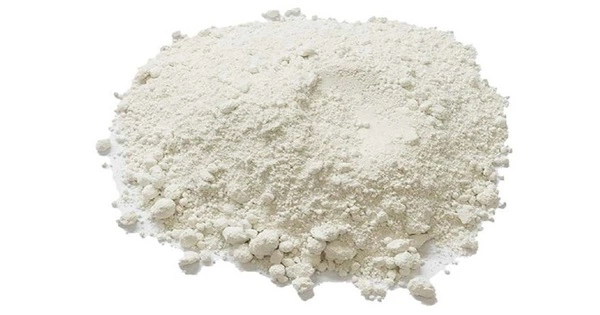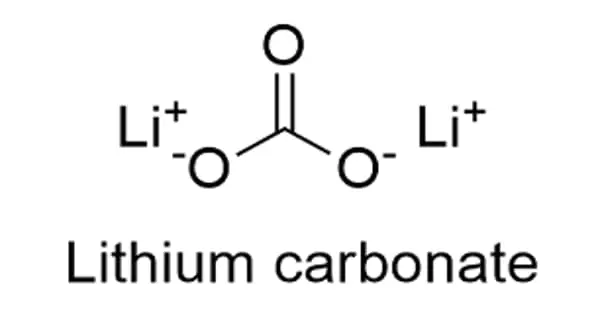Tin(II) oxide (also known as stannous oxide) is a compound with the formula SnO. It is composed of tin and oxygen where tin has the oxidation state of +2. There are two forms, a stable blue-black form, and a metastable red form. It is a chemical compound composed of tin and oxygen. It is a white or grayish powder with a melting point of 1,080 °C (1,976 °F) and a boiling point of 1,800 °C (3,272 °F).
Properties
- Chemical formula: SnO
- Molar mass: 134.709 g/mol
- Appearance: black or red powder when anhydrous, white when hydrated
- Density: 6.45 g/cm3
- Melting point: 1,080 °C (1,980 °F; 1,350 K)
- Solubility in water: insoluble
- Magnetic susceptibility (χ): −19.0·10−6 cm3/mol
- Crystal structure: tetragonal
Preparation and reactions
Blue-black SnO can be produced by heating the tin(II) oxide hydrate, SnO·xH2O (x<1) precipitated when a tin(II) salt is reacted with an alkali hydroxide such as NaOH.
Metastable, red SnO can be prepared by gentle heating of the precipitate produced by the action of aqueous ammonia on a tin(II) salt.
SnO may be prepared as a pure substance in the laboratory, by controlled heating of tin(II) oxalate (stannous oxalate) in the absence of air or under a CO2 atmosphere. This method is also applied to the production of ferrous oxide and manganous oxide.
SnC2O4·2H2O → SnO + CO2 + CO + 2 H2O
Tin(II) oxide burns in air with a dim green flame to form SnO2.
2 SnO + O2 → 2 SnO2
When heated in an inert atmosphere initially disproportionation occurs giving Sn metal and Sn3O4 which further reacts to give SnO2 and Sn metal.
4SnO → Sn3O4 + Sn
Sn3O4 → 2SnO2 + Sn
Uses
The dominant use of stannous oxide is as a precursor in the manufacturing of other, typically divalent, tin compounds or salts. Stannous oxide may also be employed as a reducing agent and in the creation of ruby glass. It has a minor use as an esterification catalyst.
Tin(II) oxide is commonly used as a reducing agent, as well as a precursor for other tin compounds. It is also used as a polishing agent for glass and other materials, and in the manufacture of ceramics, enamels, and glass. It is used as a catalyst in various chemical reactions, such as the conversion of carbon monoxide to carbon dioxide and the reduction of nitrogen oxides in exhaust gases. It also has potential applications in solar cells and as an electrode material for lithium-ion batteries.
















